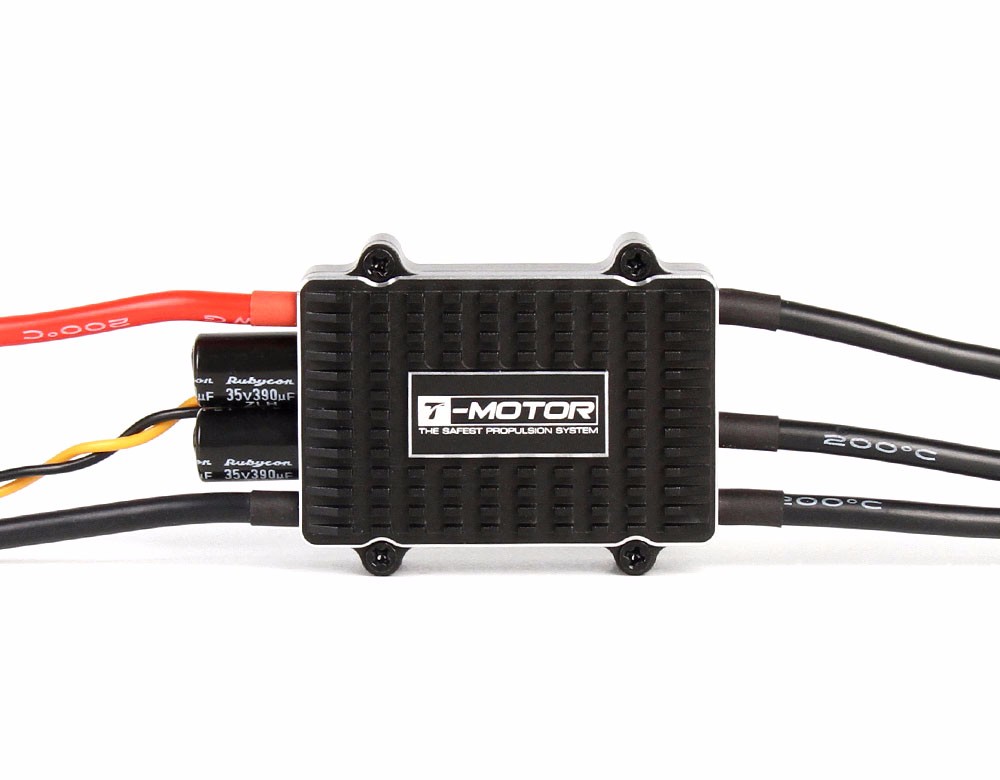Mission Requirements
Completing the 12-mile course within 30 minutes required the UAV to maintain a minimum speed of 32 mph and achieve a thrust-to-weight ratio between 2.0 and 2.4. With a takeoff weight of 17.63 lb, we needed at least 36 lb of total thrust.
Motor and Configuration Selection
We selected four T-Motor Antigravity MN6007-II 320 KV motors, each capable of 15.4 lb of thrust. In a quadcopter layout, this provides a total of 61.6 lb—well above our minimum requirement and yielding a thrust-to-weight ratio of 3.0.

Endurance Optimization
Using 3D thrust-vector analysis, which factored in wind and lean angle, we calculated an average in-flight current draw of 13 A (including a 20% thrust buffer). This supports a flight time exceeding 30 minutes.
Battery Configuration
Power is provided by six 3.7 V, 27,000 mAh solid-state Li-Ion cells arranged in series to remain under the 100 Wh per-battery regulation. These offer a 20% weight and 15% volume saving over conventional packs.

Power Distribution System
We developed a custom PCB and power-distribution board with integrated 5 V, 10 V, and 12 V linear regulators. This reduced wiring clutter and improved voltage stability across subsystems.
ESC & Propeller Selection
To handle high current draw, we used T-Motor Flame 70 A LV ESCs, which include a 10% margin. The propulsion system is completed with MF2211 carbon-fiber folding propellers (22.4″, 8° pitch) for both portability and performance.

Thermal Efficiency & Final Performance
We opted for silver-wound coils over traditional copper due to better thermal dissipation and efficiency, confirmed via bench tests. The final setup delivers a 31-minute flight time and robust mission reliability.